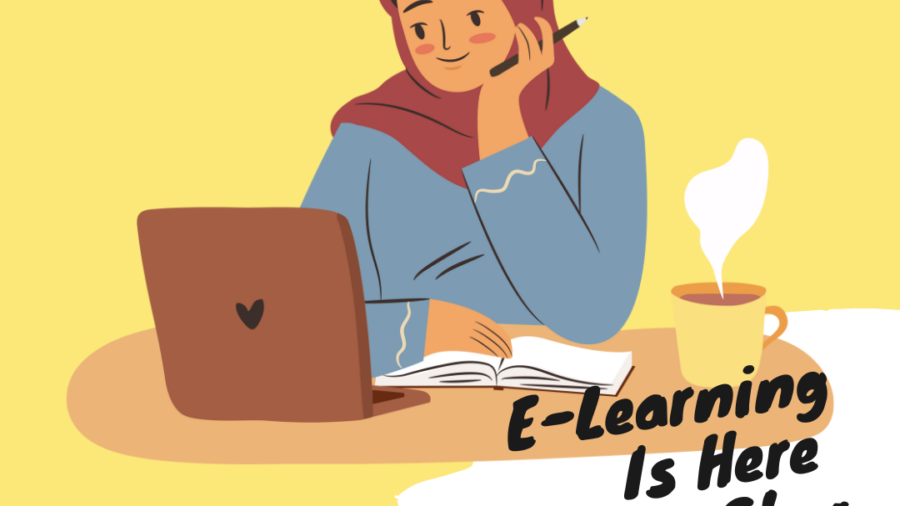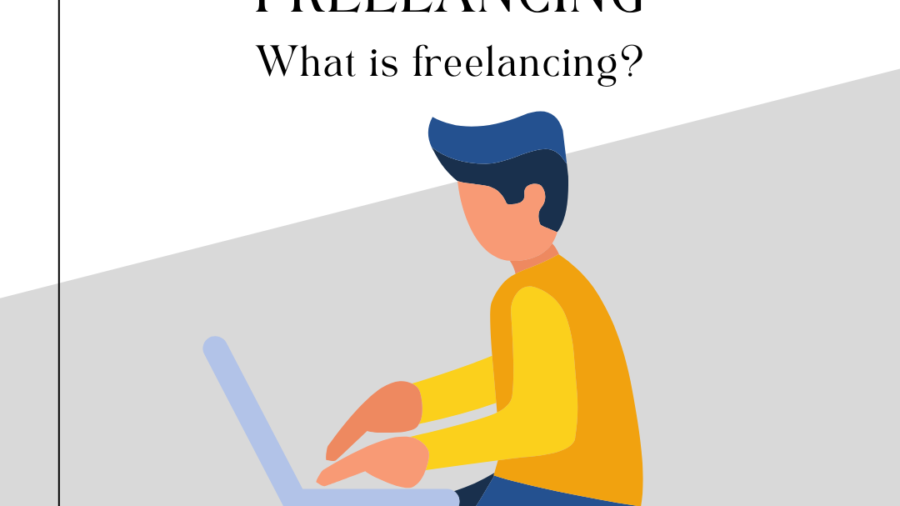The Power of Thoughts: Accessing Perfect Peace Through God
Did you know that thoughts can actually make you more anxious, happy, fearful, or content? And what you spend time thinking about has the power to affect your emotions, your actions, and ultimately, your character? Your thoughts are some of the most powerful things about you.
Table of Contents
- The Power of Thoughts: Accessing Perfect Peace Through God
- Understanding the Influence of Thoughts on Emotions and Actions
- The Power of Thoughts According to Scripture
- Accessing Perfect Peace Through Thoughts
- Incorporating Thoughts of God into Daily Life
- The Habit of Centering Your Thoughts on God
- Conclusion
- FAQs (Frequently Asked Questions)
Understanding the Influence of Thoughts on Emotions and Actions
Our thoughts have a profound impact on how we feel and behave. When we entertain negative or anxious thoughts, we tend to experience corresponding emotions such as fear or worry. On the other hand, when we focus on positive and uplifting thoughts, we are more likely to feel joyful and content. Therefore, being aware of our thought patterns and consciously directing them can significantly influence our emotional well-being.
The Power of Thoughts According to Scripture
The Scriptures emphasize the importance of our thoughts, highlighting their impact on our lives. In Isaiah 26:3, it is written, “You will keep in perfect peace those whose minds are steadfast because they trust in you.” This verse reminds us that by fixing our minds on God, we can experience perfect peace. It’s a powerful concept, especially in a world that yearns for peace and unity.
Trusting God as the Starting Point for Peace
To access this perfect peace, we must place our trust in God. Trusting in His character, goodness, and justice allows us to have faith in what He has done for us. When we trust God, we know that we are accepted and loved by Him. Moreover, trusting in Him grants us access to His presence and the peace He offers.
Accessing Perfect Peace Through Thoughts
Perfect peace is available to those who consistently trust in God and intentionally fix their thoughts on Him. By redirecting our minds toward God and His Word, we create space for His peace to dwell within us. It requires a conscious effort to refocus our thoughts away from anxious or negative patterns and instead choose to meditate on God’s promises and His faithfulness.
Focusing on God in Times of Anxiety and Stress
When anxiety and stress arise, it can be challenging to keep our minds centered on God. However, in those moments, turning to Him becomes even more critical. By intentionally bringing our thoughts back to God, we find solace and reassurance. Seeking His presence through prayer, reading the Bible, or listening to uplifting worship music can help shift our focus from our worries to His loving and comforting presence.
Incorporating Thoughts of God into Daily Life
To make God a constant presence in our lives, we can employ simple strategies that remind us to think about Him throughout the day:
- Setting reminders or alarms on our phones with Bible verses or affirmations of God’s love and faithfulness.
- Surrounding ourselves with visual reminders such as scripture verses, uplifting quotes, or symbols of faith in our home or workspace.
- Engaging in regular prayer and meditation, allowing for intentional moments of connection with God.
- Practicing gratitude and recognizing God’s blessings in our daily lives, cultivating a mindset of appreciation.
- Engaging in community and participating in activities that encourage discussions about faith and God’s goodness.
The Habit of Centering Your Thoughts on God
Developing a habit of centering our thoughts on God is a transformative process. It takes time, consistency, and intentionality. As we commit ourselves to this practice, we gradually align our minds with God’s truth, allowing His peace to permeate every aspect of our lives. The more we focus on God, the more we experience the depths of His perfect peace.
Conclusion
The power of our thoughts cannot be underestimated. They shape our emotions, influence our actions, and impact our overall well-being. Scripture reveals that by fixing our minds on God and consistently trusting in Him, we can access perfect peace. By intentionally incorporating thoughts of God into our daily lives, we invite His presence and experience the transformative impact of His peace.
FAQs (Frequently Asked Questions)
1. How can thoughts affect our emotions?
Our thoughts have a direct influence on our emotions. Positive thoughts tend to generate positive emotions, while negative or anxious thoughts can lead to negative emotions such as fear, worry, or sadness.
2. Can anyone experience perfect peace through thoughts of God?
Yes, perfect peace is available to all who consistently trust in God and focus their thoughts on Him. It is a promise that extends to anyone willing to place their faith and trust in God’s goodness and love.
3. How can I remind myself to think about God throughout the day?
Setting reminders, surrounding yourself with visual cues, engaging in regular prayer and meditation, practicing gratitude, and participating in faith-based communities are all effective ways to remind yourself to think about God throughout the day.
4. What is the significance of centering our thoughts on God?
Centering our thoughts on God allows us to align our minds with His truth, leading to a sense of peace and contentment. It strengthens our faith, deepens our connection with God, and transforms our perspective on life.
5. How long does it take to develop a habit of centering thoughts on God?
Developing a habit varies from person to person. It requires consistent practice and commitment. Over time, as we intentionally focus our thoughts on God, the habit becomes more ingrained, leading to a more profound and lasting impact.


